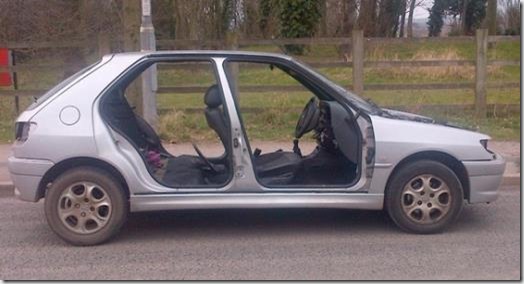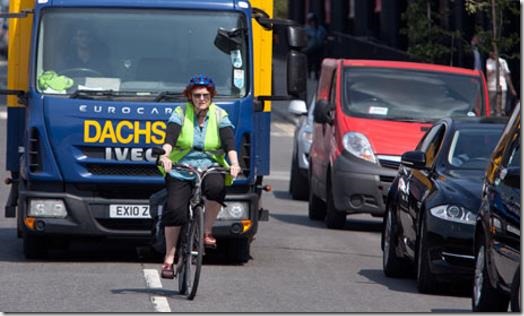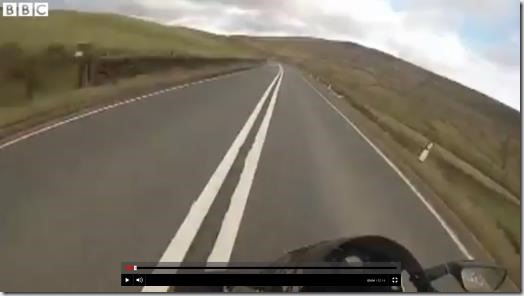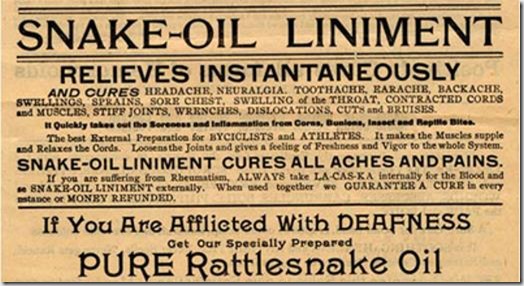Anyone who reads the blog regularly will probably be aware of my general disdain for groups like IAM and RoSPA when they start poking their noses into the affairs of driving instructors or offering “advice” about learning to drive (my personal opinion, of course). This is especially true of IAM, membership of which you’d be forgiven for thinking allows you to remain active in the Neighbourhood Watch even when you’re not at home! So when I saw this headline in my newsfeeds I wasn’t holding out much hope.
To be fair to RoSPA, though, they do make it clear that driving lessons are best taken with a qualified ADI (which will probably upset most IAM members). Their new website – which is the point of the news article in the first place – is actually quite sensible, and it certainly doesn’t overtly come across as seeking to undermine the ADI’s role (IAM take note). It focuses on what supervising drivers should be doing during private practice. You can view the site here.
Having said all that, I can’t help think that the goals of the site are somewhat unrealistic. On its home page it says:
This website will help you [the supervising driver] to:
During the learning period
- Ensure the learner meets all the legal requirements for learning to drive
- Ensure you meet all the legal requirements for supervising them during private practice
- Allow the learner to get as much supervised practice as possible
- Keep in touch with your young driver’s instructor and co-ordinate what happens in private practice with what happens in the professional lessons
- Get the most benefit from practice drives
This creates problems right from the start. Unless the supervising driver is an ADI then he or she is unlikely to be able to fulfil all these requirements. Even IAM and RoSPA members will be lacking such information, since knowledge of it is not a prerequisite of membership of those organisations. The vast majority of parents and supervising drivers couldn’t possibly tie up all the loose ends. Elsewhere on the site RoSPA says:
[As supervising driver you should not] contradict the driving techniques taught by the instructor, even if you disagree with them. If you are concerned about something, make a note of it and discuss it with the instructor at a later date.
This contradicts the thrust of that first part. In fact, a large percentage of full licence holders DO disagree with what ADIs teach their kids or spouses, and often think that they know best. So in spite of the first quote, the clear implication is that RoSPA expects the supervising driver to NOT be fully competent in terms of the requirements list they have given. Furthermore, they say:
It is very important to maintain good communication with your learner’s instructor.
Aaaargh. Having parents or spouses interfering all the way through is NOT beneficial for the pupil (or the ADI). A quick hello/how’s-he-doing/goodbye is all you or the learner want most of the time, and longer discussions only become absolutely necessary if there is a problem AND if the person you’re talking to can actually influence the resolution. Some parents will happily interfere even when they’re not providing private practice. The worst ones for it are those who can’t cut the apron strings, which is often an underlying reason why little Jonny or Kylie isn’t progressing as fast as they could do in the first place. It is best if the learner is left to get on with their lessons without mum or dad poking their noses in all the time.
Personally, I like to show the parents what to look for – if they’re going to be supervising – by having them sit in on a lesson or two. I get uncomfortable if they want to come more often, like one I had a few months ago whose parents or big sister would invite themselves whenever they felt like it, even though they were not supervising him in any private practice, because they were desperate for him to take his test whether he could drive or not (and they didn’t like the fact I wouldn’t let him because he was dangerous). I know that they are not there for the reasons I’d expect them to be there for.
RoSPA’s site also advises:
If possible, show the learner’s instructor the ‘Driver’s Record’ or the telematics [‘black box’ insurance module if it is fitted] data frequently so they can see how the learner is doing in their practice drives.
This is yet more opportunity for parental demands for little Jonny or Kylie to go to test when the instructor doesn’t think they’re ready. The only people completing any sort of documentation should be the learner and the instructor. The last thing the ADI needs is mummy and daddy filling out driver records and putting ticks in all the boxes on the strength of a successful 5 minute driver every Saturday to Tesco. I’ve lost count of the times where mummy or daddy insists Jonny or Kylie “can drive”, and yet they bloody well can’t when they’re on their lessons. RoSPA needs to have a think about whether or not we should be teaching “safe driving for life”, because involving mummy and daddy in the decision over test readiness is hardly likely to result in Jonny or Kylie taking more lessons.
You can read the rest for yourself. Although some of it is good, RoSPA seems to be looking for solutions to problems which can never actually be solved, and by involving people who the unlikeliest to come up with a solution anyway. As a result, it is offering misleading and ambiguous advice.
Private practice is definitely useful for getting road time, which builds experience and confidence. It is usually not that useful for practising manoeuvres unless the private car is the same model as the instructors car, and it definitely isn’t useful for covering new material (guaranteed to create a bad habits). Most private practice involves driving the same routes to go to shopping or to see their grandparents.
As long as they are picked up on basic faults – and not even always then – learners are benefitting from private practice. It doesn’t need to be of the same intensity as a normal driving lesson.








